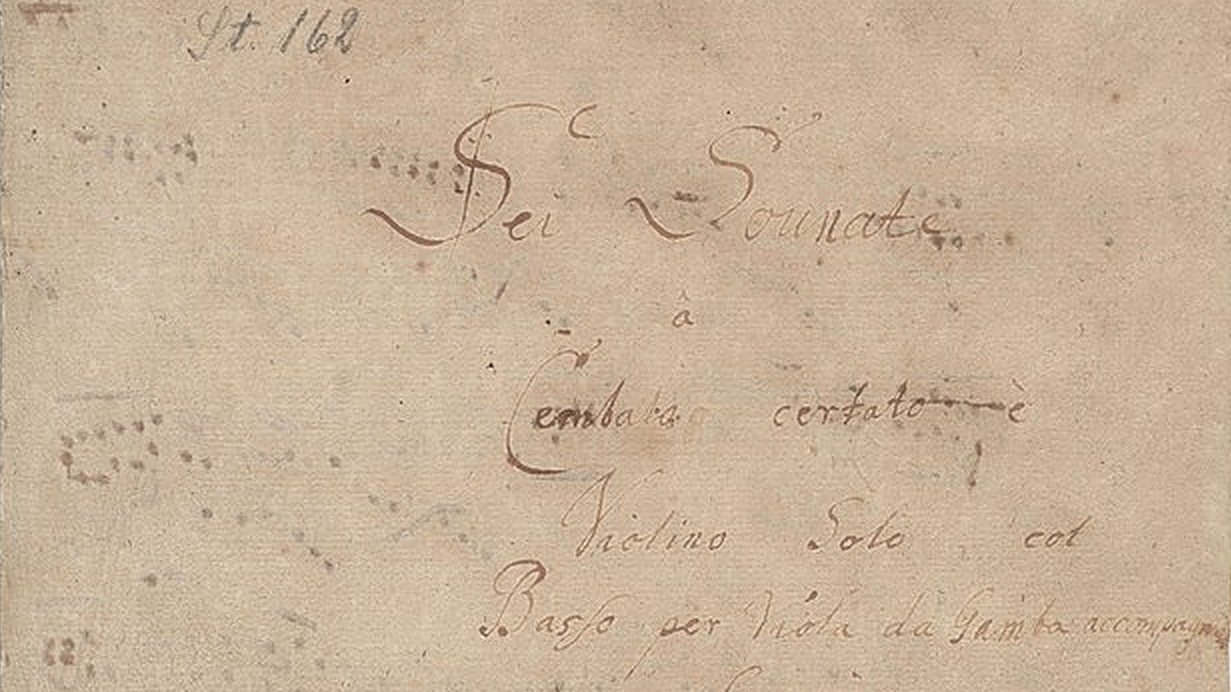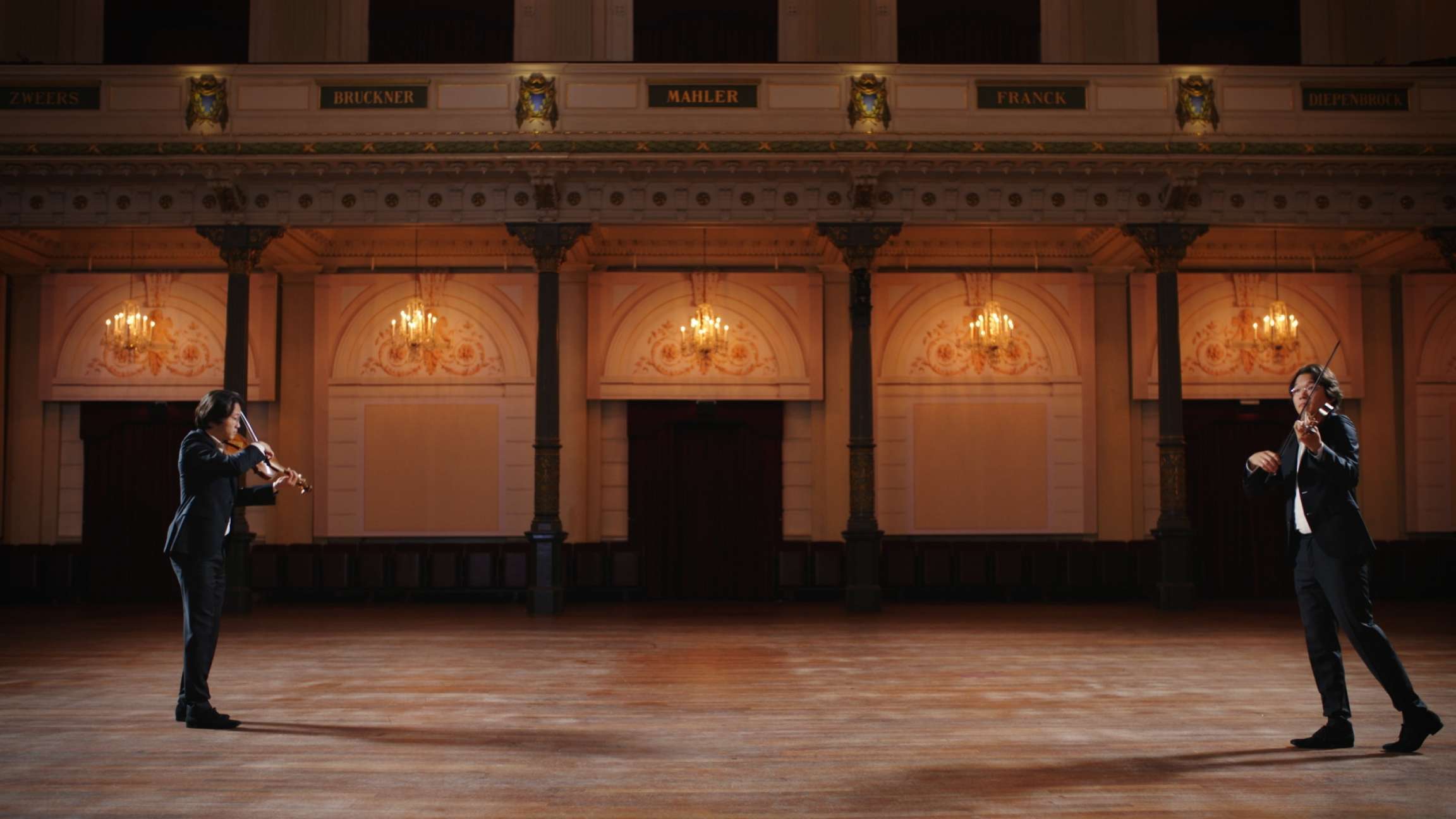Bach’s Sonata No. 1 in B Minor for Violin and Harpsichord, BWV 1014: A Conversation Among Equals
The traditional Baroque trio sonata, developed by composers such as Arcangelo Corelli, typically consisted of two violins and continuo. The continuo involved a partially improvised accompaniment in which the keyboard player would be given the bass line and the harmonic “short hand” of figured bass notation. It was an arrangement which was not unlike the harmonic changes in a jazz chart. With the Six Sonatas for violin and harpsichord (BWV 1014-1019), J.S. …







